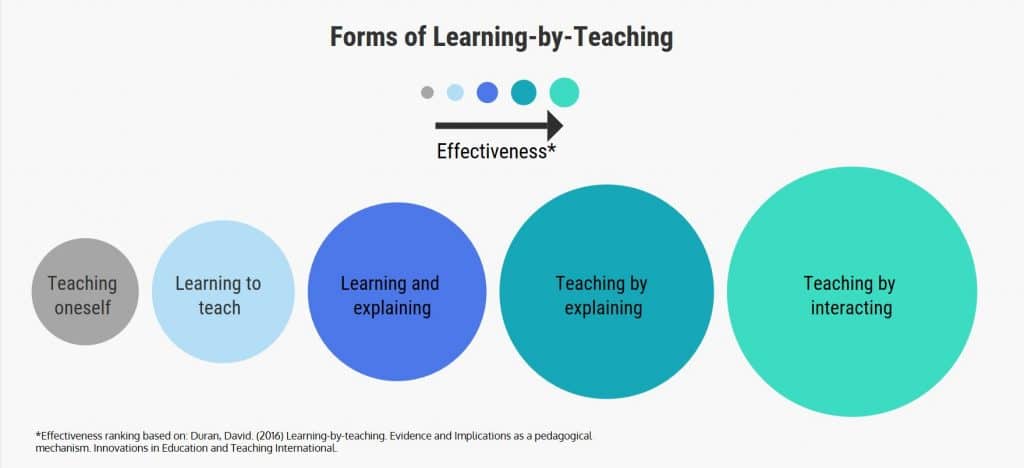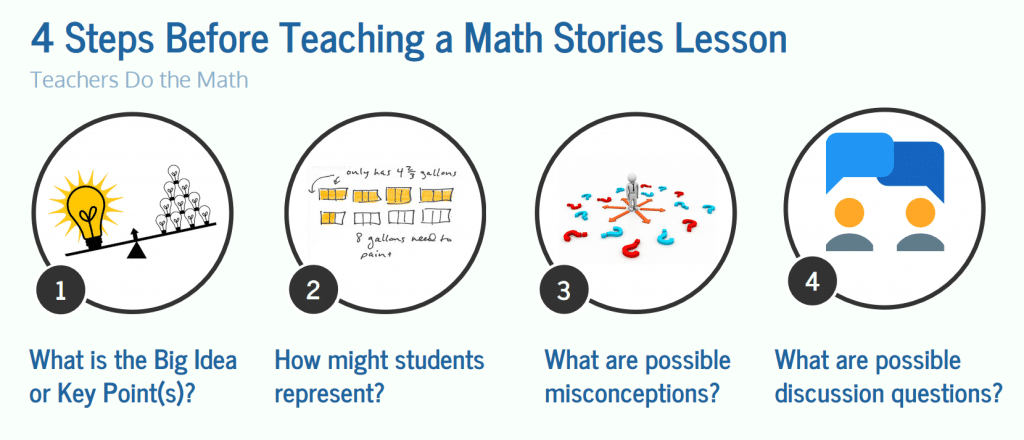By Steph Primiani, Director of STEM and Alicia Cuomo, Brown University Urban Education Policy Intern
The Journey
At the start of the 2018-19 school year, Blackstone Valley Prep launched a pilot in its 5th grade classrooms of a 20-minute daily instruction block dedicated to solving fraction story problems, called Math Stories. Based on a conceptual approach to story problems created by Achievement First in 2014-15 and materials from FirstLine Schools in New Orleans, Math Stories works in tandem with BVP’s math curriculum.
The pilot was in response to a few things…
- The Common Core Math fraction standards call for students to represent and justify ideas conceptually. However, many teachers were taught fractions using the memorization of procedures.
- Education research suggests that conceptual understanding of fractions is the foundation for more abstract concepts. “Understanding of elementary fractions is the strongest predictor of success in Algebra 1” (Siegler et al, 2012).
- RI Education Commissioner Ken Wagner directly attributed lack of progress in math PARCC scores to “a problem with fractions.”
In the past 15 memos, we have explored the impact that Math Stories curriculum has had on teachers and 5th grade students at Blackstone Valley Prep schools. This final blog post sums up the breadth of education research that supports the structure of Math Stories and highlights the most transformative classroom practices. In other words: Why does the approach matter? What strategies might teachers consider adopting to support students’ conceptual understanding of fractions?
Why does the approach matter?
The structured protocol becomes a lifelong skill in how to solve math problems.
Each Math Stories lesson follows the same protocol:
- Visualize: Students visualize the story problem.
- Model: Students write down the information, model, and solve.
- Turn-and-Talk: In mixed-ability partnerships, students take turns using their model to explain and justify their reasoning.
- Meanwhile, the teacher aggressively monitors student talk/work and collects in-the-moment data.
- Selected student(s) share their model with the class and explain their reasoning.
- Turn-and-Talk: Students respond to a targeted discussion question about the model.
- Whole-class Discussion: Students build on each other’s understanding by discussing the targeted question.
- Students revise their work to represent new understanding.
In the beginning of the school year, teachers dedicate time to teaching the protocol and explaining why each step matters to students. For example, if students don’t know the importance of visualization, they might rush to calculate an answer. But, once students have become invested and familiar with the process, valuable time is saved in giving directions. Students are less focused on remembering directions and more focused on doing the math. Further, these steps remain the same whether you’re a kindergartener or an adult in the workforce. Being able to visualize, model, solve, and talk about a math problem in context is a lifelong skill.
Students benefit from deep diving into a rigorous problem.
The Math Stories curriculum presents one story problem per lesson, about 10-13 problems a month. This gives teachers the flexibility to revisit challenging problem types. Additionally, the problems build in rigor. Rigor does not mean harder. Common Core defines rigor in math as a balanced tripod of solid conceptual understanding, procedural skill and fluency, and application of skills in problem-solving situations.

During Math Stories, students are thinking deeply about a single problem. They model the problem individually with the intent of sharing their thinking with a peer and ultimately the class. By reexamining a single problem with multiple models from many perspectives, students build deeper conceptual understanding of concepts.
When math problems are in context, students can better transfer fractions knowledge to realistic scenarios.
When teachers teach fraction concepts in the context of a real life problem, they help students visualize the scenario and create a matching model. We can readily imagine ¼ as a slice of pizza, length of ribbon, or bucket of paint, which lends itself to learning how to sketch multiple symbolic representations of this fraction. It also teaches students that mathematics is about sensemaking and solving real life problems.
Students practice sensemaking, rather than memorize procedures, to solve problems.
Many adults in the U.S. who learned fractions through a traditional method are often frustrated if they cannot remember a memorized procedure. During Math Stories, students are discovering patterns and algorithms by solving problems, rather than learning patterns and algorithms to solve problems. “With a problem-based approach the student has nowhere else to turn other than his or her own ideas as they relate to the problem. As a result, rather than looking for rules, students attempt to make sense of the relevant ideas imbedded in the problem or task” (Van de Walle, 2006). Students taught with an approach like Math Stories have more resolve when they’re faced with a complicated problem.
3 Student-Based Strategies to Highlight
Self-Monitoring
They may not realize it, but competent problem solvers don’t rush without thinking. They pause after each step and ask themselves all sorts of internal questions like: Which information in the question is important?, What is the problem asking?, and Does this solution make sense? When students think about their thinking, they notice patterns and build a deeper understanding. Here are some prompts for teachers to model self-monitoring.
Using a Variety of Models
When students model a solution more than one way, they have a deeper understanding of fraction concepts. Math Stories supports students in learning new strategies from their peers. Here is an example of three distinct approaches to the same story problem.
Peer Teaching
Research shows that we learn the most when we are guiding someone else’s thinking because skills like clarifying information and generating questions require higher level mental processes (Duran, 2016).

By using supports like turn-and-talk partners and visual models, students can explain their own reasoning, construct arguments, and even identify gaps in understanding. When students interact, they have a deeper understanding of math concepts.
3 Teacher-Based Strategies to Highlight
Prepare by Doing the Work
To prepare for Math Stories, teachers solve each story problem themselves and follow a 4-step lesson plan protocol.

By solving the story problems beforehand, teachers internalize key concepts and can focus on facilitating and monitoring during the lesson. This preparation is especially critical with fraction concepts, as many adults were taught traditional rote methods and are seeing Common Core conceptual strategies for the first time as teachers.
Let Students Make Mistakes
Mindset matters in math classrooms. We learn from our mistakes, but students can quickly forget this if rapid understanding is tied to high stakes grades, or feelings of competence in class. For this reason, it’s critical for teachers to openly discuss growth mindset with students. Here is an example of how discussing a misconception as a class can lead to greater understanding.
Don’t be afraid to assign partners long, challenging story problems and celebrate perseverance. Try activities with tailless story problems that are missing key information and push students to ask questions rather than find answers.
Leverage In-the-Moment Data
Using a data tracker to record observations of student work and conversation helps teachers respond to what’s actually happening in the classroom. Trackers help teachers make objective noticings about trends in understanding that inform the discussion and upcoming lessons. Here are some examples of data trackers used in decision-making during Math Stories.
In Sum
It’s clear that the power of Math Stories lies in more than a sequence of scaffolded standards-based story problems. Teachers are implementing a protocol that encourages students to learn by modeling, solving, and interacting with their peers around contextual problems. Further, students are more likely to stay motivated and engaged because they are discussing work produced from within the class. One marker of a quality curriculum is that it teaches the teachers, and the pedagogical practices embedded in Math Stories are soundly supported by educators and researchers. As this year’s 5th graders graduate, BVP looks forward to examining how this new approach will continue to shape students’ conceptual knowledge and attitudes towards mathematics.
Have questions? Reach out to BVP’s Director of STEM, Steph Primiani at sprimiani@blackstonevalleyprep.org and follow me on Twitter @stephprimiani



